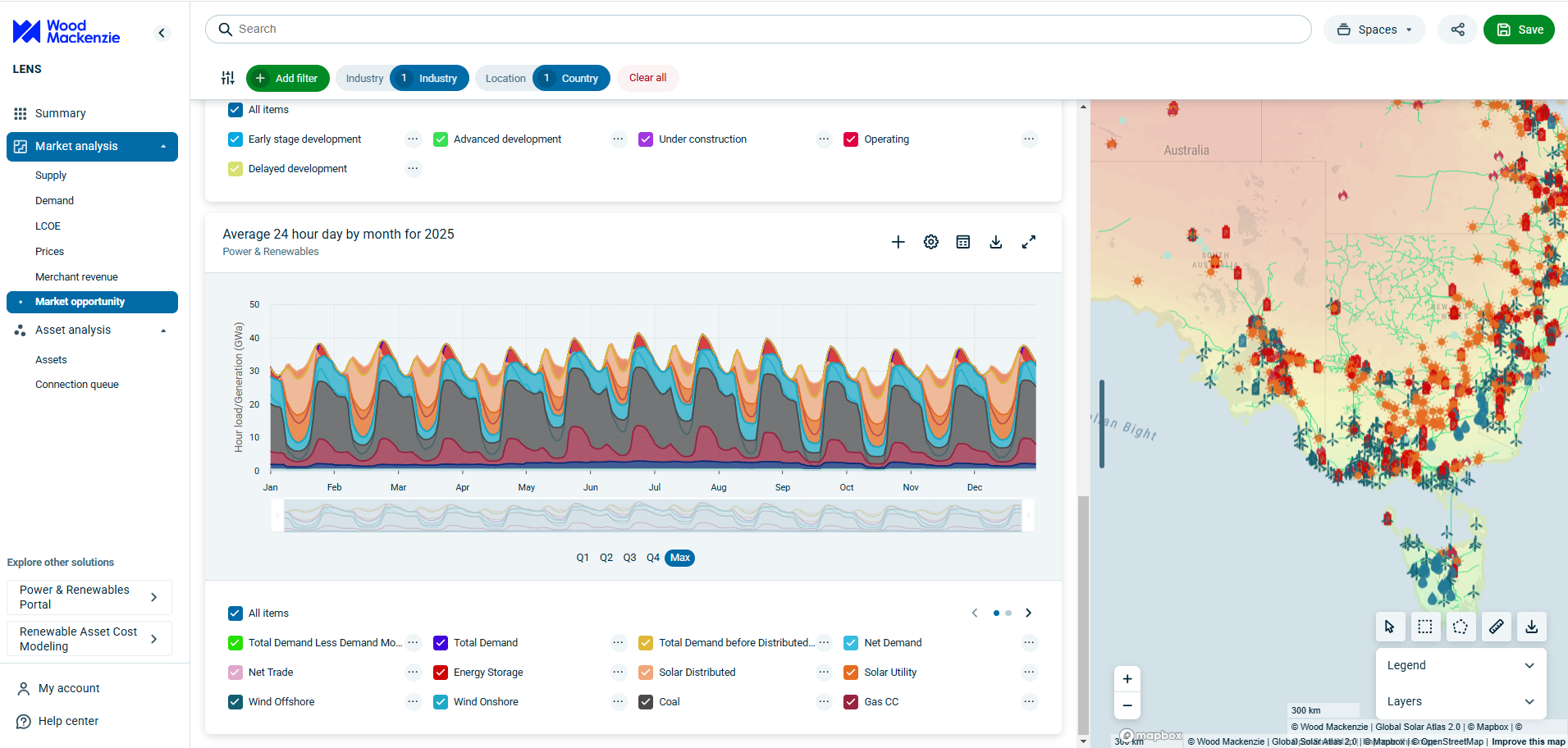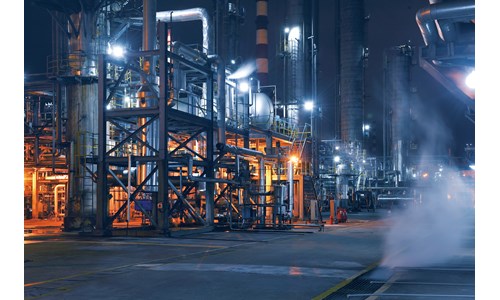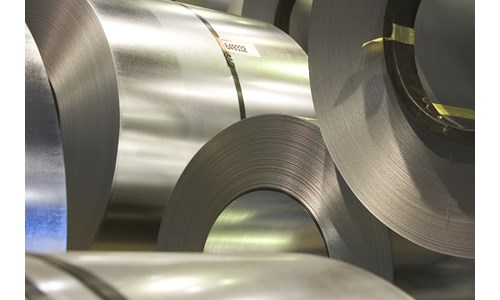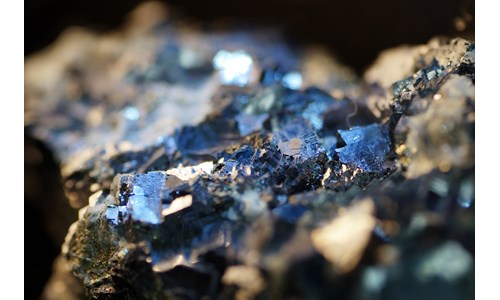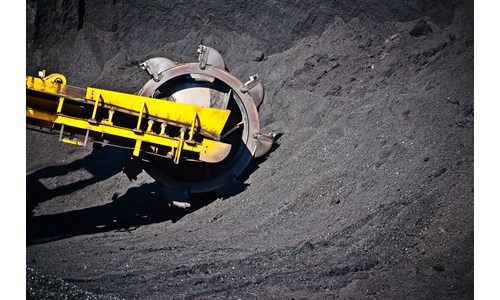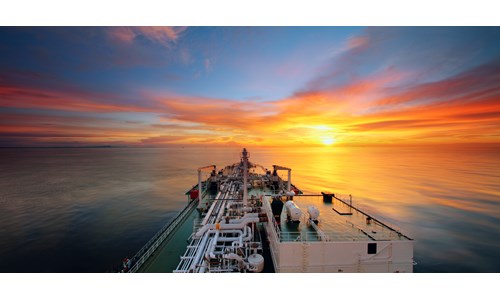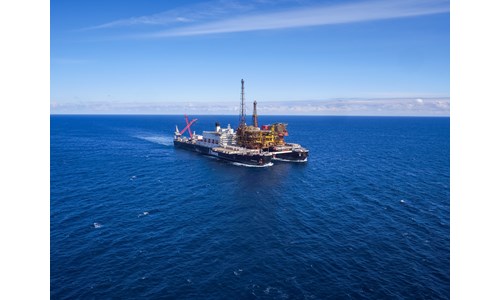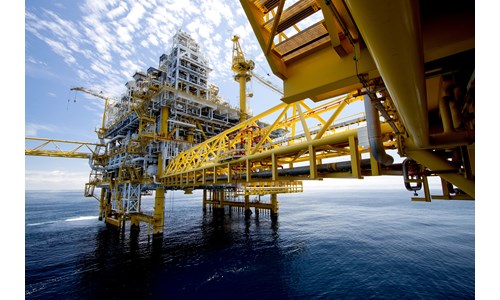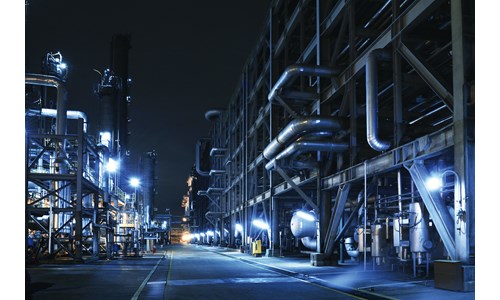China's steel capacity shift – implications for iron ore price premiums
*Please note that this report only includes an Excel data file if this is indicated in "What's included" below
Report summary
Table of contents
- Short of time? Watchthis three-minute summary video:
- Capacity replacement: why commit the capital?
- Bigger blast furnaces are surprisingly less productive per unit volume
- How can the productivity gap be bridged?
- Bigger furnaces need quality raw materials
- The two-tier iron ore market is here to stay
-
Further evidence supporting price premia
- Supply constraints
- Steel mill profitability
- Modelled result in charts
Tables and charts
This report includes the following images and tables:
- Real world operating data shows a clear relationship – as furnace volume increases, productivity decreases.
- A proportionally bigger dead man zone and a longer stack mean bigger furnaces require raw materials with superior physical and chemical properties
- Bigger furnaces use less coke per tonne of hot metal produced.
- Bigger furnaces use less electricity per tonne of hot metal produced.
- Bigger furnaces emit less waste gas per tonne of hot metal produced. They are therefore more likely to comply with Chinas increasingly strict environmental policies.
- Bigger furnaces result in less waste slag generation. Typically, in China, steelmakers are able to sell slag for a small credit. This is a positive but expense is still required in managing slag chemistry and finding a buyer.
- Steelmakers can use premium raw materials to bridge the productivity gap. A 5500m3 furnace with a 65% Fe blend could produce 20% more hot metal than when feeding a 60% Fe blend.
What's included
This report contains:
Other reports you may be interested in
CMRG's role in the iron ore market
Examining the stabilisation efforts and market impact
$1,050Iron ore pricing: Market evolution update
New 61% Fe index: Addressing shifting ore grades and market dynamics
$1,050Roy Hill iron ore mine
Roy Hill is a large hematite mine in the Pilbara region of Western Australia. The Production capacity has been increased, reaching 60 Mtpa.
$2,250




